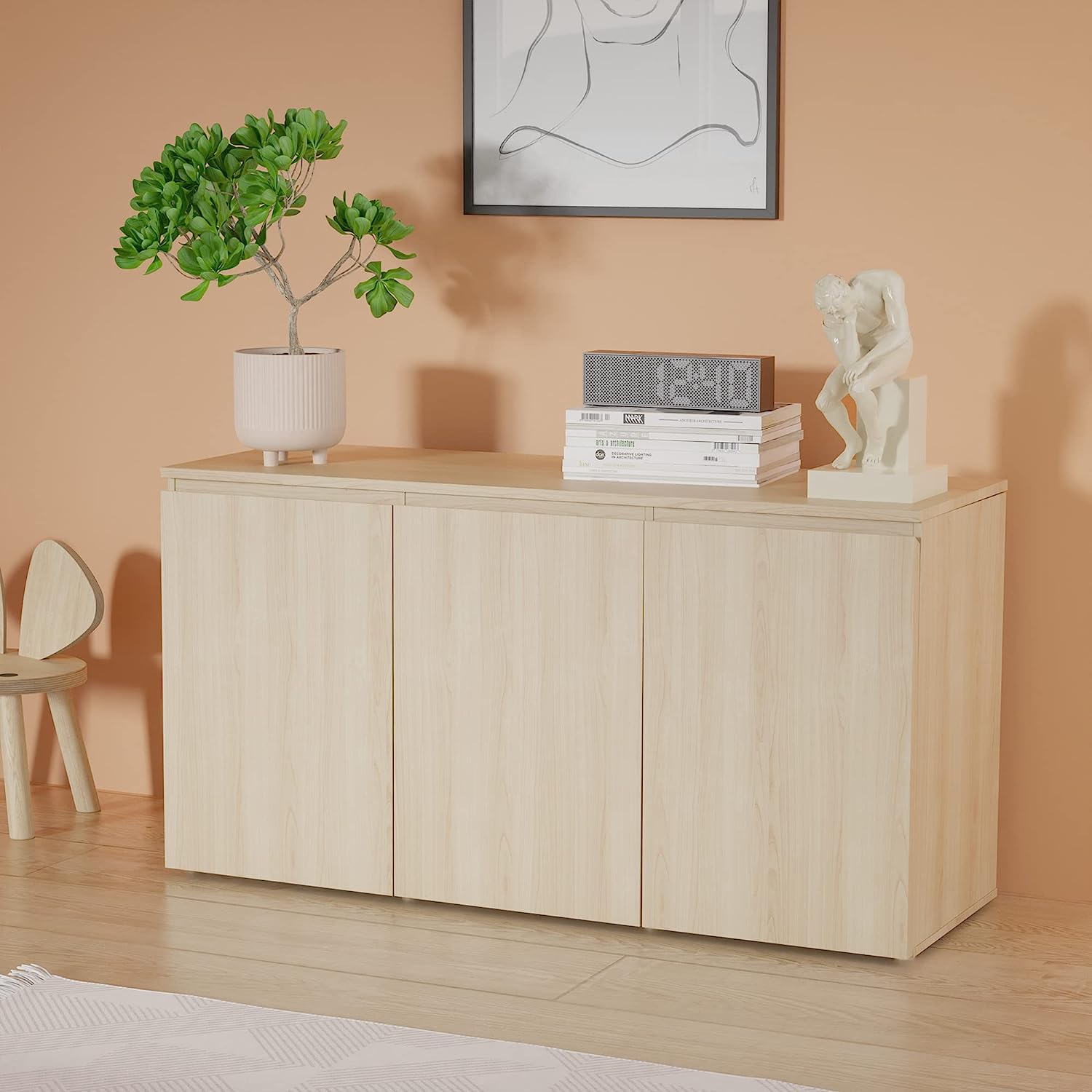

Articles
What Is A Sideboard Furniture
Modified: October 27, 2024
Discover the versatility of sideboard furniture, perfect for storage and display. Explore our wide range of stylish furniture options for any room in your home.
(Many of the links in this article redirect to a specific reviewed product. Your purchase of these products through affiliate links helps to generate commission for Storables.com, at no extra cost. Learn more)
Introduction
Welcome to the world of sideboard furniture! If you’re looking to add style, functionality, and a touch of sophistication to your living space, then a sideboard could be the perfect addition to your home. This versatile piece of furniture has a rich history and has evolved over the years to adapt to various interior design trends.
In this article, we will explore the ins and outs of sideboard furniture, from its definition and types to its features and placement. Whether you’re a furniture enthusiast seeking to expand your knowledge or a homeowner in search of the perfect sideboard, we’ve got you covered.
So, let’s dive into the fascinating world of sideboard furniture and discover what makes it such a beloved and functional piece in the realm of home décor.
Key Takeaways:
- Sideboard furniture, with its rich history and versatile designs, offers ample storage, display opportunities, and a touch of elegance to any space, making it a beloved and functional piece in home décor.
- When choosing a sideboard, consider factors such as style, material, functionality, and placement to ensure it complements your existing décor, meets your storage needs, and enhances the overall aesthetic of your home.
Read more: What Is A Sideboard In Dining Room?
Definition of Sideboard Furniture
Sideboard furniture, also known as a buffet or credenza, is a versatile and functional storage piece typically found in dining rooms, living rooms, or hallways. It is designed to provide both visual appeal and practicality, offering ample storage and display space for various items, from dinnerware and glassware to linens and decorative objects.
Traditionally, a sideboard consists of a long, low cabinet with a flat top and multiple drawers or compartments for storage. It may also feature shelves, cupboards, or wine racks, depending on the specific design. Sideboards are often crafted with a combination of wooden materials, such as oak, walnut, or mahogany, to create a durable and elegant piece of furniture.
The term “sideboard” originated from the 18th century, where it was primarily used as a serving table for food during formal dining occasions. It was placed against the wall, adjacent to the dining table, and used as a convenient surface for laying out dishes and serving utensils.
However, sideboards have evolved over time and now serve a broader range of purposes beyond dining. They have become a statement piece in interior design, offering not only storage solutions but also enhancing the overall aesthetic of a room. Modern sideboards now come in various styles, shapes, and sizes, allowing homeowners to find the perfect match for their décor preferences and storage needs.
Whether you’re looking for a traditional, vintage-inspired sideboard or a sleek and contemporary design, sideboard furniture seamlessly combines beauty and functionality to elevate any space.
History of Sideboard Furniture
The history of sideboard furniture dates back several centuries and has been influenced by various cultural and historical factors. The origins of sideboards can be traced back to the medieval period, where they were initially used in royal households and noble residences as a display for extravagant feasts.
In Europe during the 16th and 17th centuries, sideboards evolved from simple, portable boards placed on trestles to more elaborate and ornate pieces of furniture. They transitioned into fixed cabinets with drawers, cupboards, and shelves, showcasing the wealth and societal status of the homeowners.
During the Renaissance and Baroque periods, sideboards became an integral part of the dining experience. They were typically placed against the wall in the dining room, displaying fine china, silverware, and other luxurious items. The elaborate carvings and intricate details that adorned these sideboards reflected the opulence and craftsmanship of the era.
In the 18th century, sideboard furniture underwent further transformations. With the rise of the middle class, sideboards became more practical and functional. They were designed to store and organize various items, including cutlery, linens, and serving dishes. Sideboards were crafted with multiple drawers and compartments, allowing for proper organization and easy access to essentials during meals.
During the Victorian era, sideboards became larger and more ornate, often incorporating mirrors in their design. The back of the sideboard featured a tall, mirror-paneled structure known as the “backsplash,” which added visual depth and reflected light, creating an illusion of a larger space.
In the 20th century, sideboard furniture experienced a decline in popularity due to changing dining habits and interior design trends. However, in recent decades, sideboards have made a comeback as people rediscover the charm and functionality they bring to a room.
Contemporary sideboards now come in a variety of styles, from minimalist and sleek designs to vintage and mid-century modern aesthetics. They are not only used in dining rooms but also in living rooms, hallways, and even bedrooms, serving as versatile storage solutions and stylish accent pieces.
The history of sideboard furniture showcases its evolution from a symbol of wealth and opulence in royal households to a practical and attractive piece of furniture for modern homes. With its rich heritage and timeless appeal, the sideboard continues to enchant homeowners and interior designers alike.
Types of Sideboard Furniture
Sideboard furniture comes in various types, each offering its own unique style and functionality. Understanding the different types can help you choose the perfect sideboard that suits your needs and complements your interior design. Here are some of the most common types of sideboard furniture:
- Traditional Sideboard: This classic style of sideboard features a long, rectangular design with drawers and cupboards for storage. It often showcases intricate carvings and decorative details, offering an elegant and timeless look.
- Mid-Century Modern Sideboard: Inspired by the designs of the mid-20th century, this type of sideboard features clean lines, organic shapes, and minimalist aesthetics. It typically incorporates materials like teak, walnut, and rosewood, giving it a sleek and retro appeal.
- Contemporary Sideboard: Contemporary sideboards embrace modern design elements and can range from minimalist and sleek designs to more eclectic and artistic styles. They often focus on functionality and simplicity, featuring clean lines and a mix of materials like wood, glass, and metal.
- Farmhouse Sideboard: This type of sideboard embodies a rustic and charming farmhouse aesthetic. It usually features a distressed or weathered wood finish, traditional details like barn doors or crossbeam accents, and ample storage for a cozy and country-inspired look.
- Industrial Sideboard: Drawing inspiration from factories and industrial spaces, this type of sideboard incorporates elements like metal frames, exposed hardware, and raw wood finishes. It exudes a rugged, urban vibe and offers a perfect balance between style and functionality.
- Art Deco Sideboard: Reflecting the glamour and luxury of the Art Deco era of the 1920s and 1930s, this style of sideboard features geometric shapes, high-gloss finishes, and bold colors. It exudes opulence and sophistication, making it a statement piece in any room.
- Console Table Sideboard: A console table sideboard is a narrow and elongated piece of furniture that serves both as a sideboard and a console table. It is ideal for smaller spaces or narrow hallways, providing storage and display opportunities while conserving space.
These are just a few examples of the types of sideboard furniture available. When selecting a sideboard, consider the style and ambiance you wish to achieve in your space, as well as the storage capacity and functionality that best fits your needs.
Features and Characteristics of Sideboard Furniture
Sideboard furniture is not only a visually appealing addition to any space but also a practical storage solution. Understanding the features and characteristics of sideboards can help you make an informed decision when selecting the right one for your needs. Here are some key features and characteristics of sideboard furniture:
- Ample Storage Space: One of the main purposes of a sideboard is to provide ample storage space. Most sideboards feature multiple drawers, shelves, and cupboards, allowing you to keep your belongings organized and easily accessible. Whether you need storage for dinnerware, linens, or decorative items, sideboards offer plenty of options.
- Display Opportunities: Alongside its storage capabilities, a sideboard also serves as a display area for showcasing decorative items such as vases, artwork, or family photographs. The flat top of the sideboard provides an ideal surface for arranging and highlighting your favorite pieces.
- Enhanced Functionality: Some sideboards come with additional features that enhance their functionality. These can include wine racks, stemware holders, removable trays, or built-in lighting, adding extra convenience and versatility to the piece.
- Variety of Designs: Sideboards come in various designs, allowing you to find the perfect match for your interior style. From traditional and ornate patterns to sleek and contemporary silhouettes, there is a wide range of options to suit different tastes and preferences. You can choose a sideboard that complements your existing furniture or makes a contrasting statement in your space.
- Durable Materials: Sideboards are typically crafted from durable materials to ensure longevity. Common materials used in sideboard construction include solid wood, such as oak, walnut, or mahogany, which adds a touch of elegance and ensures durability. Other materials, like metal or glass, may also be incorporated for aesthetic and functional purposes.
- Customization Options: Some sideboard manufacturers offer customization options, allowing you to personalize your sideboard to suit your specific needs. From choosing the finish and hardware to selecting the number and size of drawers, customization options provide flexibility and ensure that your sideboard perfectly meets your requirements.
- Versatile Placement: Sideboards are versatile pieces of furniture that can be placed in various areas of your home. While traditionally found in dining rooms, sideboards can also be utilized in living rooms, hallways, entryways, or even bedrooms. They can serve as statement pieces, functional storage units, or a combination of both.
With their ample storage, display opportunities, and versatility, sideboards offer a stylish and practical solution for enhancing your home’s décor and organization. Consider these features and characteristics when choosing a sideboard, and you’ll find a piece that seamlessly blends functionality with aesthetic appeal.
Read more: How To Decorate Sideboard
Popular Materials Used in Sideboard Furniture
Sideboard furniture is available in a variety of materials, each offering its own unique characteristics and aesthetics. The choice of material can greatly impact the overall look, durability, and maintenance of a sideboard. Here are some of the most popular materials used in sideboard furniture:
- Solid Wood: Solid wood, such as oak, walnut, or mahogany, is a classic and timeless choice for sideboard construction. It offers durability, strength, and natural beauty. Solid wood sideboards provide a warm and inviting feel to any space and can easily blend with different interior styles.
- Veneer: Veneer is a thin layer of real wood that is applied to a less expensive or engineered wood substrate. It provides the appearance of solid wood at a more affordable price point. Veneer sideboards offer a wide range of finishes and grain patterns, allowing for versatility in design.
- Metal: Metal accents or frames can be used in sideboards to add a contemporary or industrial touch. Materials like stainless steel or brushed brass can be incorporated into the design, offering a sleek and modern aesthetic. Metal accents can be combined with other materials, such as wood or glass, to create a striking visual contrast.
- Glass: Glass is often used in sideboard furniture to create a sense of elegance and sophistication. Glass can be found in the form of glass panels, shelves, or doors, allowing for a display of items while adding a touch of transparency and lightness to the overall design.
- Laminate: Laminate is a synthetic material that is made to resemble various patterns and textures, including wood. It is a versatile and cost-effective option that offers durability and easy maintenance. Laminate sideboards come in a wide array of colors and finishes, allowing for a range of design possibilities.
- Reclaimed Wood: Reclaimed wood is a sustainable and eco-friendly option for sideboard furniture. It is salvaged from old buildings, barns, or other sources and repurposed into furniture. Reclaimed wood sideboards have a unique character and history, showcasing the natural imperfections and unique textures of the wood.
- High Gloss Finishes: High gloss finishes, typically applied to engineered wood or MDF (medium-density fiberboard), provide a sleek, shiny, and contemporary look. These finishes can come in a variety of colors and add a touch of modernity and sophistication to sideboard furniture.
When choosing the material for your sideboard, consider factors such as durability, maintenance, and compatibility with your existing décor. Each material has its own advantages and considerations, so it’s important to find one that best suits your style preferences and practical needs.
Whether you prefer the warmth of solid wood, the sleekness of glass and metal, or the affordability of laminate, there’s a material that will help you achieve the perfect sideboard for your home.
Placement and Functionality of Sideboard Furniture
The placement of sideboard furniture plays a crucial role in both its functionality and aesthetic impact within a space. Understanding the different placement options and the functionalities of sideboards can help you make the most of this versatile piece of furniture.
Here are some insights into the placement and functionality of sideboard furniture:
Dining Room:
One of the most common placements for sideboards is in the dining room. Placing a sideboard against a wall adjacent to the dining table creates a cohesive and functional dining area. In this setup, sideboards serve as a serving station, offering easy access to dishes, cutlery, and linens during meals. They can also be used for display purposes, showcasing decorative items or family heirlooms.
Living Room:
In the living room, sideboards add both style and functionality. They can be placed along a wall, serving as a decorative focal point or a convenient storage solution. Sideboards in the living room can be used to display decorations, books, or electronics, while also providing hidden storage for media devices, board games, or other entertainment essentials.
Read more: How To Decorate A Sideboard In A Living Room
Entryway/Hallway:
Sideboards make an excellent addition to entryways or hallways. Placing a sideboard near the entrance of the home creates a welcoming and functional space. It can serve as a drop zone for keys, mail, and other essentials, while also providing a surface for placing decorative items or storing items like shoes or umbrellas.
Bedroom:
In the bedroom, a sideboard can add both charm and practicality. Placed against a wall, it can serve as a stylish storage unit for clothing, accessories, or bedding. It can also be utilized as a vanity or dressing area, with a mirror placed above and drawers or shelves for storing grooming essentials.
Home Office:
In a home office setup, a sideboard can be utilized for storage and organization of office supplies, paperwork, and equipment. It can act as a functional workspace, with a computer or laptop placed on top, and drawers or cabinets for stowing office essentials.
Regardless of the placement, sideboards provide additional storage and display opportunities, while also enhancing the overall design of a space. Their functionality extends beyond mere storage, making them a versatile and essential piece of furniture in any home.
How to Choose the Right Sideboard Furniture
Choosing the right sideboard furniture involves considering various factors, such as size, style, functionality, and quality. To help you make an informed decision, here are some key steps to follow:
Read more: What-Not Furniture
1. Determine Your Needs:
Before you start shopping, assess your storage needs and how you plan to use the sideboard. Consider the items you want to store and display, whether it be dinnerware, linens, or decorative objects. This will help you determine the size, number of compartments, and features required in a sideboard.
2. Measure Your Space:
Measure the area where you plan to place the sideboard to ensure that it fits properly. Consider the height, width, and depth of the available space, taking into account any other furniture or architectural elements nearby.
3. Determine the Style:
Choose a style that complements your existing décor and reflects your personal taste. Consider the overall aesthetic of your space, whether it’s traditional, modern, rustic, or eclectic, and select a sideboard that harmonizes with that style. Look for matching or complementary materials, finishes, and design elements.
4. Consider Materials and Quality:
Pay attention to the quality and durability of the materials used in the sideboard. Solid wood, veneer, and metal are commonly used materials, each with their own advantages. Opt for high-quality craftsmanship and construction to ensure the longevity of your sideboard.
Read more: What Is Vanity Furniture
5. Assess Functionality:
Consider the specific features and functionality you require in a sideboard. Determine whether you need drawers, shelves, cupboards, or special compartments for wine bottles or stemware. Assess whether additional features like built-in lighting or removable trays would be beneficial for your storage and display needs.
6. Budget Considerations:
Establish a budget range that you are comfortable with for your sideboard purchase. This will help narrow down your options and prevent overspending. Remember to consider the quality and longevity of the piece, as investing in a well-made sideboard can be a worthwhile investment in the long run.
7. Read Reviews and Compare:
Before making a final decision, read reviews from other buyers and compare different brands and models. This will give you insights into the quality, functionality, and customer satisfaction of the sideboard options you are considering.
8. Visualize the Size and Placement:
Use visualization techniques to imagine how the sideboard will look and fit in your space. Consider the proportionality with other furniture pieces and visualize the overall aesthetic impact it will have in the room.
By following these steps, you can select a sideboard that not only meets your practical needs but also enhances the style and functionality of your home. Remember to take your time, explore various options, and choose a sideboard that brings both joy and functionality to your living space.
Read more: What Is Buffet Furniture
Maintenance and Care for Sideboard Furniture
To keep your sideboard furniture looking its best and prolong its lifespan, regular maintenance and care are necessary. Here are some essential tips to help you maintain and care for your sideboard:
1. Dusting:
Dust your sideboard regularly to prevent the build-up of dirt and debris. Use a soft, lint-free cloth or a feather duster to gently wipe the surfaces, including the top, sides, drawers, and shelves. Avoid using abrasive materials or harsh chemicals that could damage the finish.
2. Cleaning:
Occasionally, clean your sideboard to remove any stains or spills. Use a mild, non-abrasive cleaner specifically designed for the type of material used in your sideboard. Follow the manufacturer’s instructions for cleaning, and wipe down the surfaces with a soft cloth or sponge. Always test the cleaner on a small, inconspicuous area before applying it to the entire piece.
3. Avoid Exposure to Direct Sunlight:
Direct sunlight can cause fading, discoloration, and damage to your sideboard. Avoid placing it in a location where it is exposed to prolonged sunlight. If unavoidable, consider using curtains or blinds to protect your sideboard from direct sunlight during peak hours.
Read more: What Is Rubberwood Furniture
4. Use Coasters and Mats:
Protect the surface of your sideboard by using coasters, placemats, or tablecloths under hot or wet items, such as mugs, glasses, or flower vases. This will prevent heat or moisture from causing damage to the finish or leaving unsightly marks.
5. Handle with Care:
When opening or closing drawers or doors, handle them with care to avoid unnecessary stress on the hinges or knobs. Avoid slamming or forcefully closing them, as this can lead to damage over time. Likewise, refrain from placing heavy or sharp objects directly on the top surface of the sideboard, as they may cause scratches or dents.
6. Avoid Excessive Weight:
Be mindful of the weight limit indicated by the manufacturer, especially if your sideboard has open shelves or glass components. Excessive weight can cause sagging or breakage, compromising the structural integrity of the piece. Distribute the weight evenly and avoid overloading it with heavy items.
7. Prevent Water Damage:
Avoid placing beverages directly on the surface without using coasters, as water rings can form and damage the finish. Clean up spills promptly to avoid the moisture seeping into the wood or causing staining.
Read more: What Is Upholstery Furniture
8. Regular Inspection:
Periodically inspect your sideboard for any signs of wear, loose fittings, or damage. Address any issues immediately to prevent further damage and ensure the longevity of your sideboard.
Following these maintenance and care tips will help preserve the beauty and functionality of your sideboard furniture. By taking proactive measures, you can enjoy your sideboard for many years to come and maintain its appearance as the centerpiece of your home.
Conclusion
Sideboard furniture is a versatile, functional, and visually appealing addition to any home. Whether placed in the dining room, living room, entryway, or bedroom, sideboards offer storage solutions and enhance the overall aesthetics of a space. With their wide range of styles, materials, and functionalities, sideboards provide an opportunity to showcase your personal style and elevate the design of your home.
From traditional and ornate sideboards to sleek and contemporary designs, there is a sideboard to suit every taste and interior décor. The choice of material, such as solid wood, veneer, metal or glass, can further enhance the visual appeal and durability of the sideboard. Additionally, the size, features, and placement of the sideboard should be carefully considered to ensure it meets your storage needs and fits harmoniously in your space.
Maintaining and caring for your sideboard is crucial to preserving its beauty and longevity. Regular dusting, cleaning using appropriate materials, and protecting the surface from direct sunlight and water damage are essential steps in extending the life of your sideboard. Handle your sideboard with care and be mindful of weight limits to prevent any damage or structural issues.
Whether you are looking to showcase your collection of fine china, store linens and servingware, or add a decorative touch to your living space, a sideboard is a practical and stylish piece of furniture that can elevate the functionality and aesthetic appeal of any room. By considering your needs, style preferences, and budget, you can select the perfect sideboard that harmonizes with your décor and serves as a functional storage solution.
In conclusion, investing in a well-crafted sideboard furniture piece is a worthwhile decision that can bring both practicality and beauty to your home. Whether it’s a traditional sideboard with intricate carvings or a sleek and modern design, this versatile piece of furniture is sure to make a statement and enhance the overall ambiance of your living space for years to come.
Frequently Asked Questions about What Is A Sideboard Furniture
Was this page helpful?
At Storables.com, we guarantee accurate and reliable information. Our content, validated by Expert Board Contributors, is crafted following stringent Editorial Policies. We're committed to providing you with well-researched, expert-backed insights for all your informational needs.
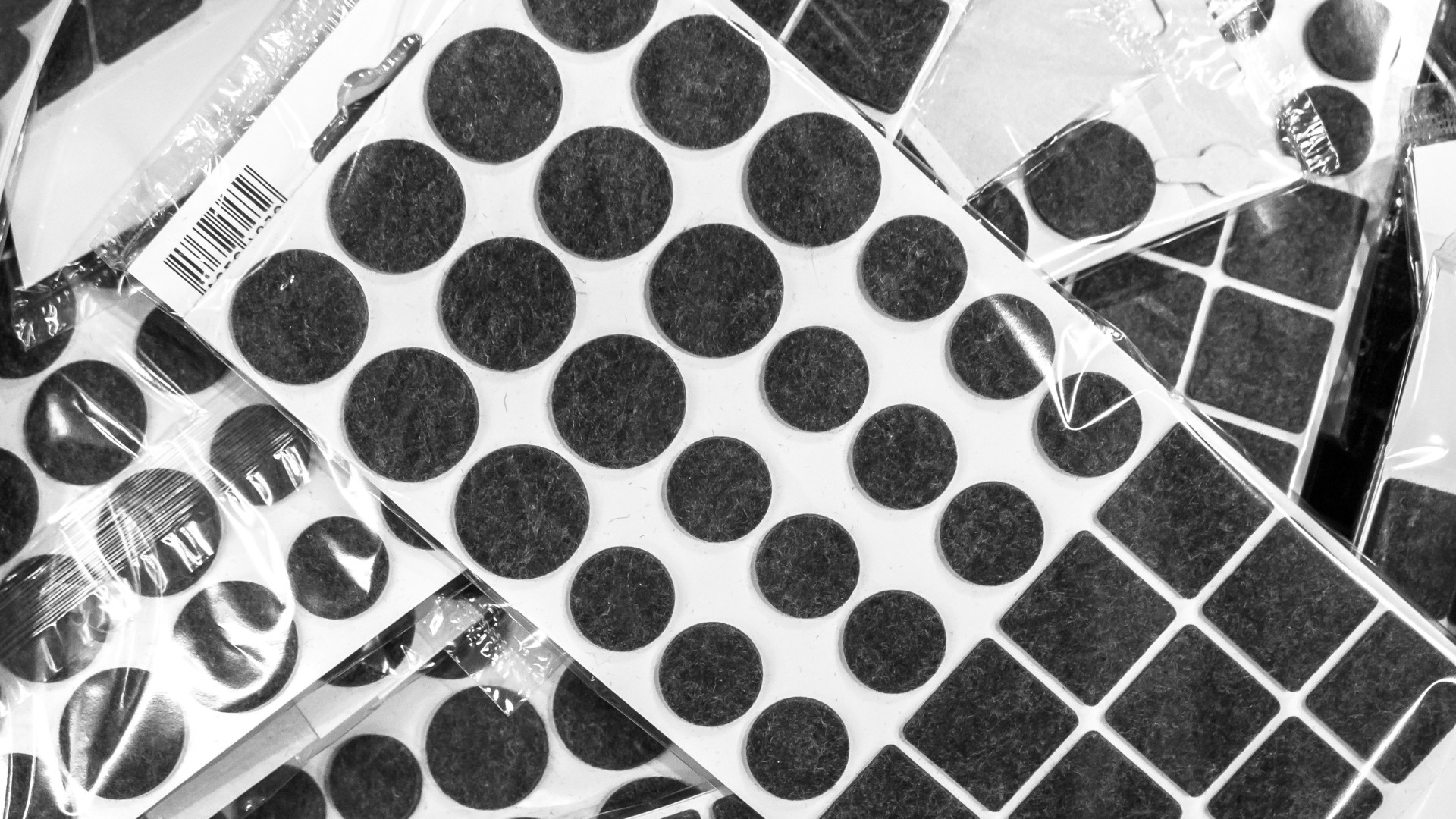
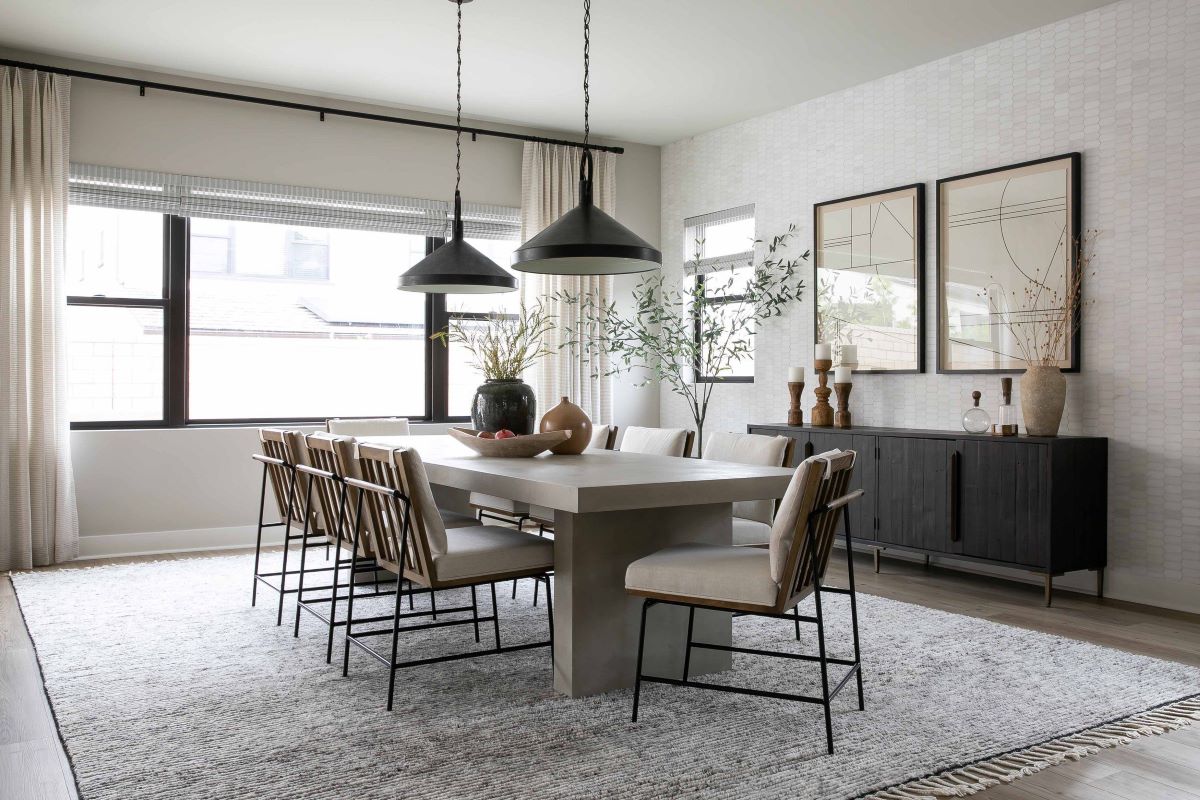
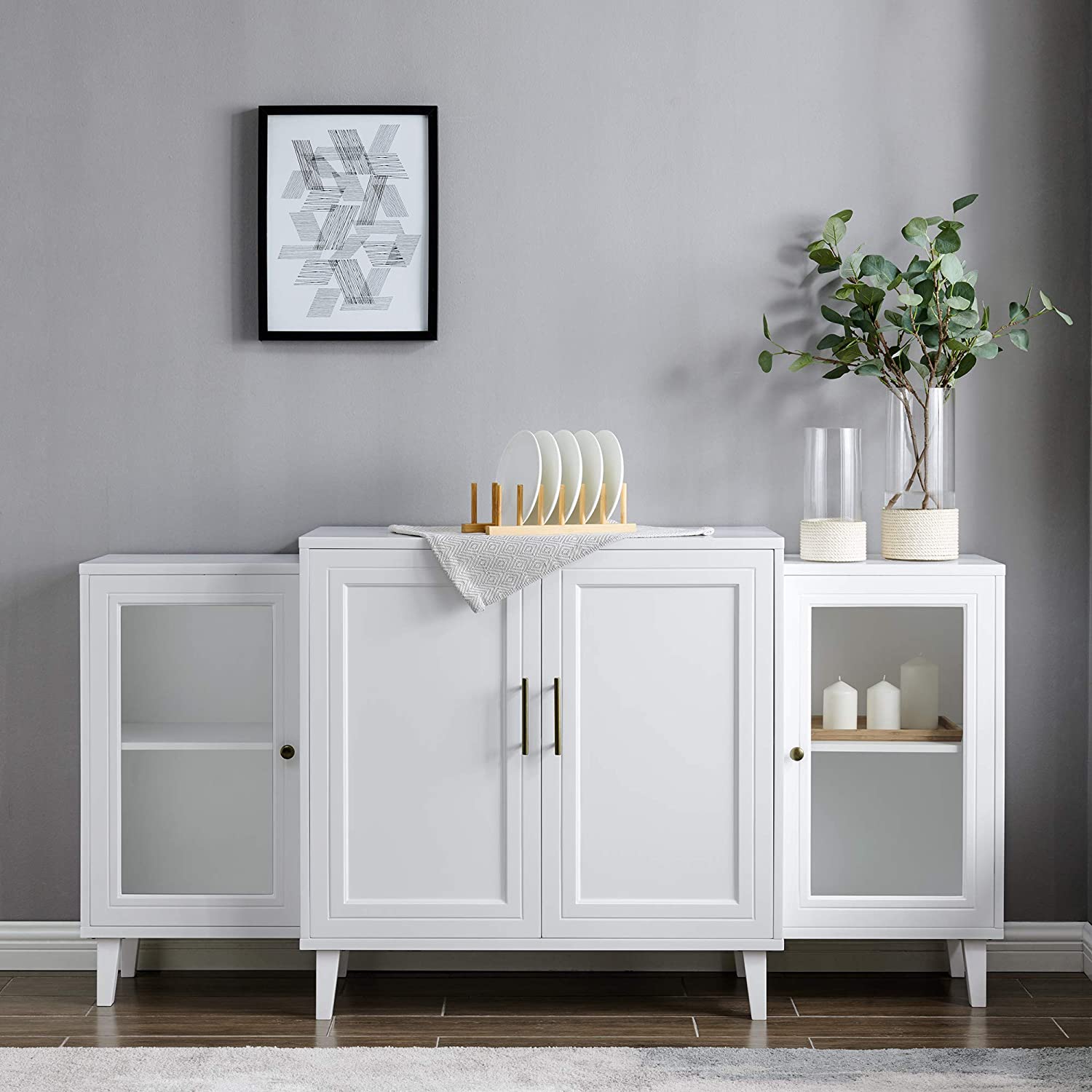

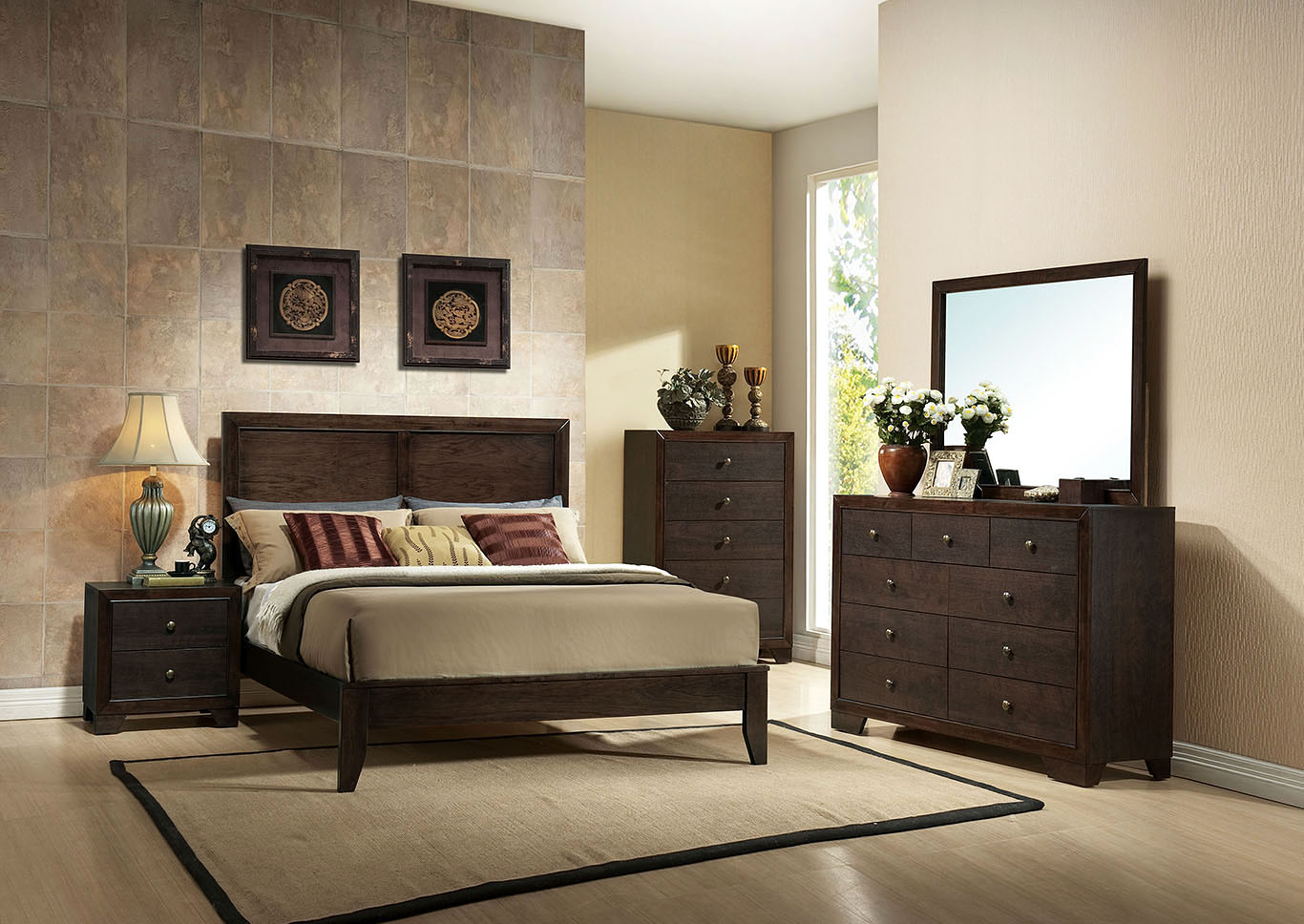


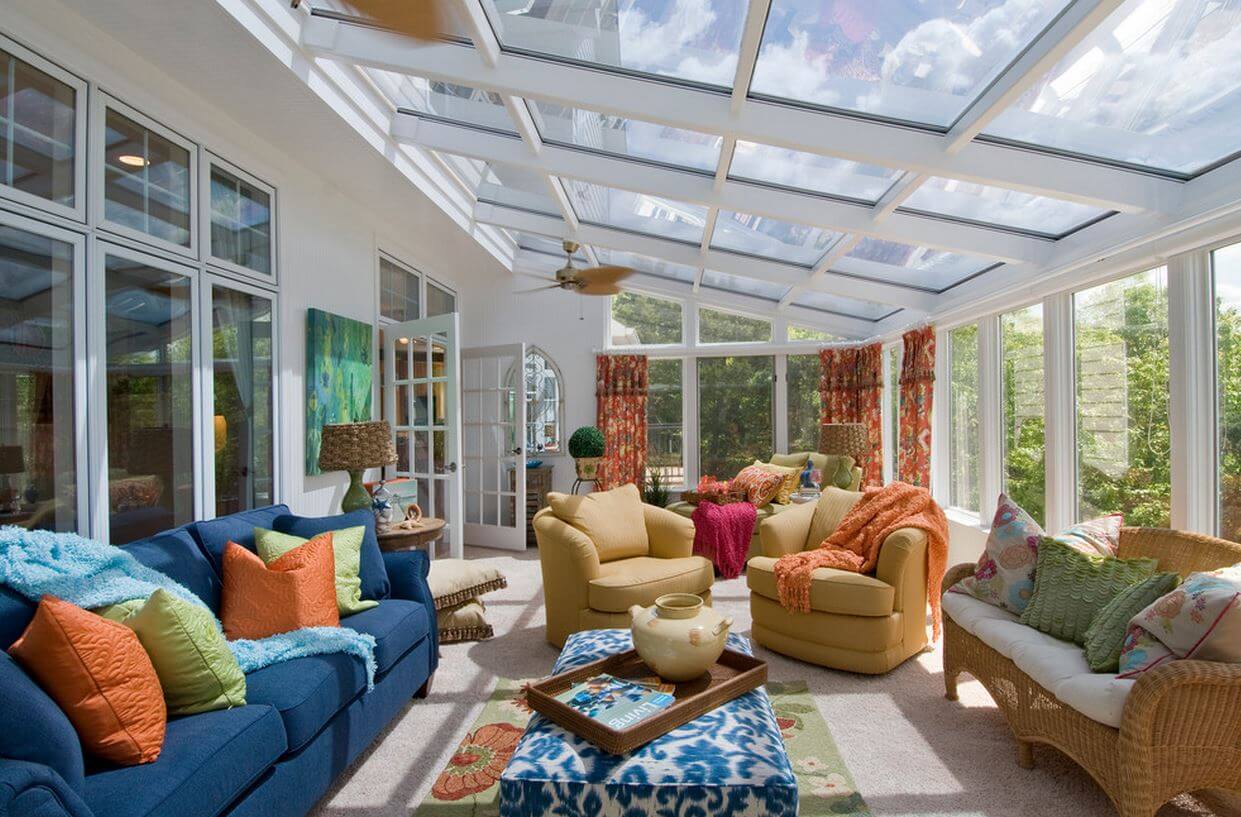

0 thoughts on “What Is A Sideboard Furniture”